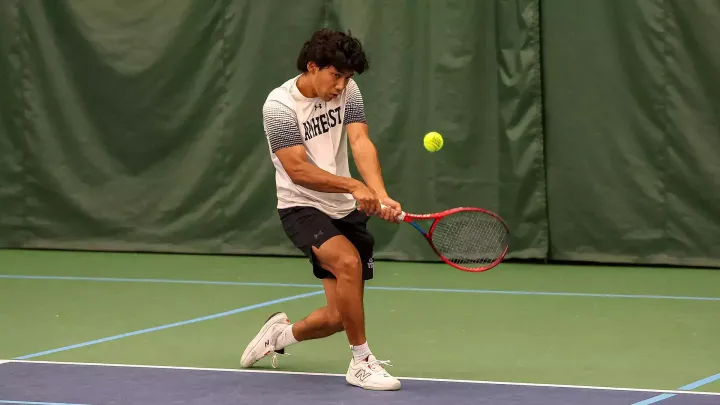Front and Center: The ACL Tear Epidemic in Women’s Soccer
Columnist Melanie Schwimmer ’23 argues that rising ACL tears in women’s soccer should spark concern and emphasizes the need for increased research, support, and targeted programs.
It is an unfortunate reality that injuries impact all professional sports, but the alarming level of Anterior Cruciate Ligament (ACL) tears in women’s soccer is particularly concerning. In fact, over 60 female professional soccer players have suffered ACL tears since the beginning of 2022 in the run up to the 2023 World Cup in Australia and New Zealand, including top stars such as Beth Mead (England), Caterina Macario (USA), Christen Press (USA), Vivianne Miedema (Netherlands), Alexia Puetellas (Spain), Marie-Antoinette Katoto (France), and Ellie Carpenter (Australia). Last week, England’s captain, Leah Williamson, became the latest addition to this list. To put this in perspective, if a World Cup roster were formed made up entirely of players who have suffered from ACL tears in the past two years, the team would be one of the favorites to win the tournament. These injuries raise serious questions about how we are supporting and caring for women’s bodies in sport.
The ACL is a small but critical ligament that stabilizes the knee and is attached from the femur (thighbone) to the tibia (shinbone). Tearing this small ligament can wreak a lot of havoc, with a traditional recovery time of nine months to a year after a tear. ACL tears are often non-contact injuries caused by a sudden cut or landing after a jump. Complete ACL tears almost always require surgery which involves grafting a tendon from the athlete and using it to create a new ligament.
Strikingly, female athletes have a 4-6 times increased risk of ACL injuries than males in field sports. While female ACL tears skyrocket, ACL injury rates have decreased among boys and men in the past 20 years. There are many proposed reasons for the differences in these statistics, including elevated estrogen levels during the menstrual cycle that can interfere with collagen in the joints, making them more prone to injury, and differences in biomechanics of men and women, which leads to differing landing positions of the knee after a jump or cut. This is too typical in sports: Rather than examining the effects of factors such as subpar pitches, cleats designed with male feet in mind, and smaller athletic staffs, people often blame women's bodies for the difference in injury rates. Many people, including Alex Morgan, who tore her ACL in high school, suggested that over-scheduling in women’s soccer might contribute to the rise of ACL injuries.
While there is no one definitive answer to explain the concerning statistics regarding ACL tears in female athletes, it's evident that more targeted research is needed to properly support these athletes. Unfortunately, only six percent of sport and exercise science research studies are centered on female athletes, highlighting the need for more targeted research to properly support female athletes. However, research alone is not enough, as we have known about the increased likelihood for female ACL tears since the 1990s. It’s time to take action and implement reforms that address the factors that lead to the increased risk of tears, including specific programs to strengthen the joints and muscles of cis women and increased investment into the quality of fields, equipment, and training and medical staff.
It is also important that we focus on supporting the mental health of injured players, as the physical and emotional tolls of injury can be particularly isolating for athletes at all levels. Sports organizations must recognize the need to understand why ACL tears continue to occur and invest in strategies to mitigate the likelihood of such injuries. It is well past time for them to simply wish players well after ACL tears.



Comments ()